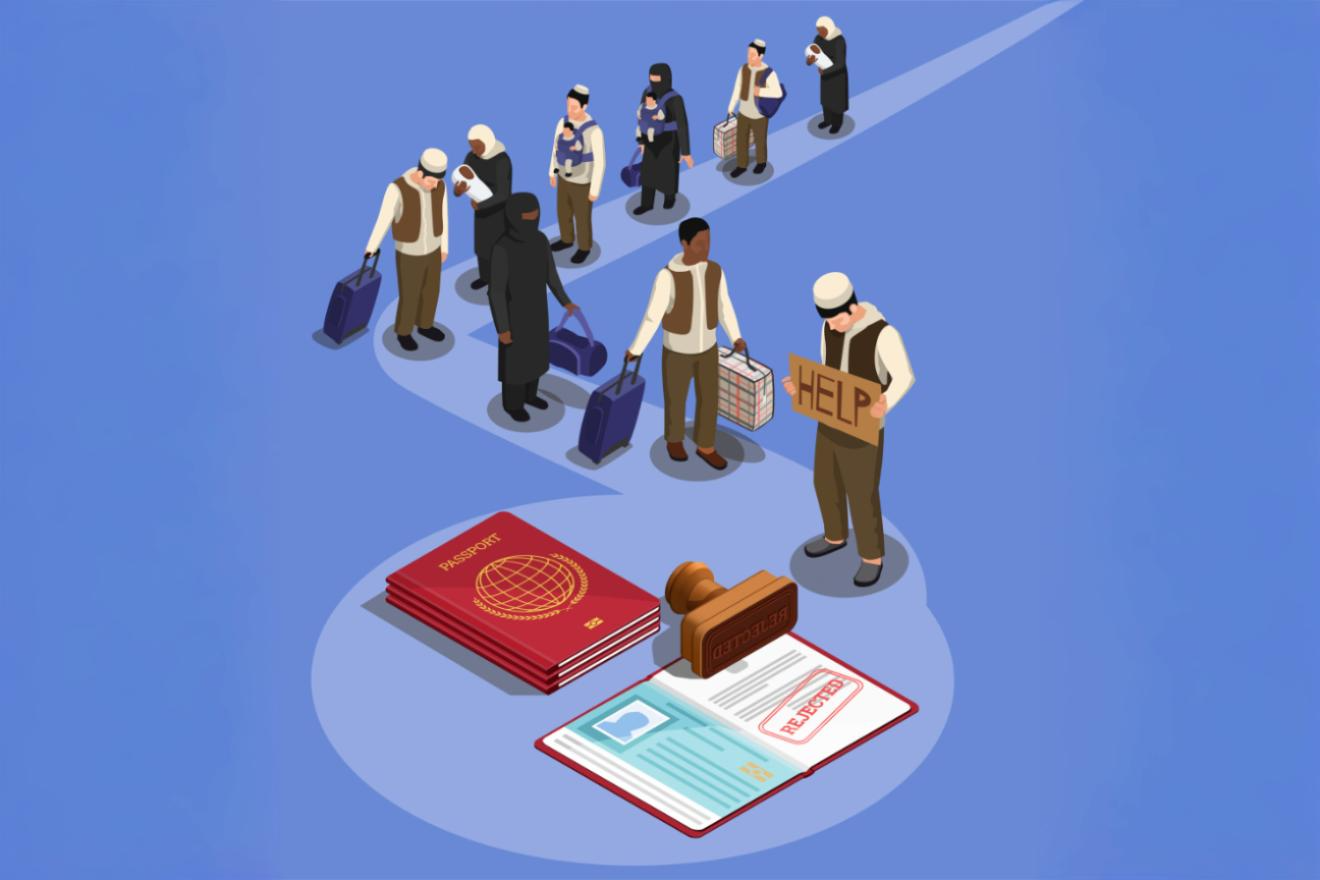Around the globe, countries are facing a growing challenge: labor shortages. As populations age and birth rates decline in many developed nations, finding enough workers to fill jobs is becoming increasingly difficult. To solve this problem, many countries are turning to immigration. By attracting skilled workers and addressing workforce gaps, immigration is becoming a key strategy for supporting economic growth and maintaining vital industries.
The Global Challenge of Labor Shortages
Labor shortages are impacting many industries, from healthcare to technology to construction. These shortages are largely driven by demographic shifts, particularly in aging populations. As older workers retire and younger generations shrink in size, businesses are finding it harder to recruit workers. In some regions, these gaps are severe, with certain sectors experiencing long-term vacancies.
For example, in Japan, the working-age population has been shrinking for years, leaving a significant gap in the labor market. The U.S. has also seen similar trends, especially in essential industries like agriculture, hospitality, and healthcare. Without enough workers to meet demand, economic growth can slow, and key services may suffer.
Immigration as a Solution to Labor Shortages
Many countries are turning to immigration as a solution to these problems. By allowing skilled and unskilled workers to fill the gaps, governments hope to stimulate economic growth, support industries, and maintain essential services.
How Countries Are Attracting Immigrant Workers
Countries are implementing various strategies to attract immigrant workers, depending on the needs of their labor markets. Here are some common approaches:
-
Skilled Worker Programs
Countries like Canada, Australia, and the U.K. offer skilled worker programs that prioritize immigrants with specific expertise. These programs aim to attract people with the skills needed to fill gaps in industries like healthcare, technology, and engineering. In Canada, for example, the Express Entry system allows skilled workers to apply for permanent residency based on their work experience, education, and language skills.
By bringing in workers with the right skills, countries can directly address shortages in key industries. Skilled immigrants often fill positions that require specialized knowledge, which can be challenging to find locally.
-
Temporary Work Visas
Some countries issue temporary work visas to address labor shortages in specific industries. The U.S. H-2A and H-2B visa programs, for instance, allow foreign workers to take seasonal jobs in agriculture, construction, and hospitality. These visas enable businesses to hire workers when there are not enough local employees available to meet demand.
Temporary work visas are especially useful in sectors that experience fluctuating demand throughout the year. For example, agricultural workers may be needed during harvest seasons, while hospitality workers are in high demand during tourist seasons.
-
Investor and Entrepreneur Programs
Some countries offer investor and entrepreneur immigration programs to attract business owners who can create jobs. These programs, like the U.S. EB-5 program or the U.K.’s Innovator Visa, allow immigrants to invest in or start businesses, helping to create jobs and boost the local economy.
By encouraging entrepreneurs to set up shop in their countries, governments not only address labor shortages but also foster innovation and entrepreneurship. Immigrants bringing capital and business ideas can provide much-needed economic activity and new job opportunities.
-
Addressing Aging Populations
In countries with rapidly aging populations, immigration is seen as an essential strategy to ensure a sustainable workforce. In Germany, for example, the government has introduced policies aimed at attracting workers from outside the European Union to fill positions in industries like healthcare and manufacturing. Germany’s “Skilled Workers Immigration Act” allows foreign workers to come to the country if they meet certain criteria, including a recognized qualification.
Germany’s efforts to attract immigrants are particularly focused on sectors where local workers are insufficient. The healthcare sector, which is struggling to find enough workers to care for the elderly population, is one of the most affected. By allowing immigrants to fill these roles, the country aims to maintain high standards of care while also addressing workforce shortages.
Benefits of Immigration for Businesses
Immigration can benefit businesses in many ways. First and foremost, it provides access to a larger pool of talent. With immigration, companies can recruit workers with the skills they need, even if those workers are not readily available within the local population. This is especially important in industries that require highly specialized skills, such as technology, medicine, and research.
Additionally, immigrant workers often bring diversity to the workforce, which can drive innovation and creativity. Companies that hire people from different backgrounds can gain fresh perspectives, improve problem-solving, and better serve a diverse customer base.
Overcoming Challenges of Immigration
While immigration offers a solution to labor shortages, it also comes with challenges. Public opinion on immigration can be mixed, and there may be resistance from certain sectors of the population who fear job displacement or cultural changes. Governments must carefully balance the benefits of attracting immigrants with the need to address these concerns.
Additionally, there are logistical challenges in integrating immigrants into the workforce. Employers may need to provide language training, cultural orientation, and recognition of foreign qualifications to ensure that immigrants can fully contribute to their new roles.
Conclusion
As labor shortages continue to be a significant issue in many countries, immigration offers a promising solution. By attracting skilled workers, filling temporary positions, and encouraging entrepreneurship, countries can address workforce gaps and support economic growth. However, successful immigration strategies must also focus on integration and community support to ensure both immigrants and native workers thrive in the long term. Immigration is not just a solution for today’s challenges; it is a key part of building a sustainable workforce for the future.



